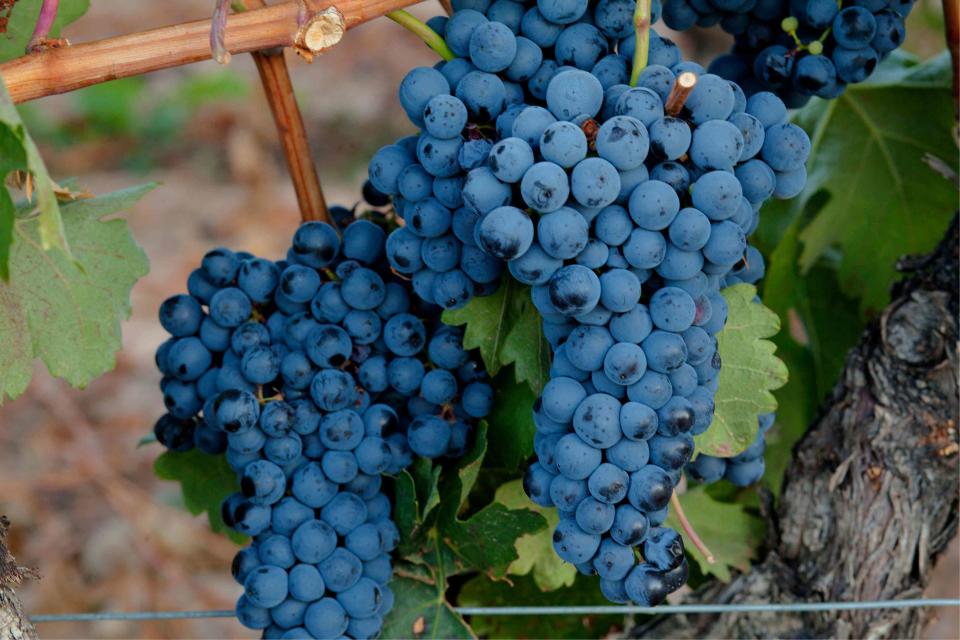Love Aged Wine But Don’t Want to Wait? Tempranillo Is for You
At the Food & Wine Classic in Aspen, June Rodil explores the versatility and value of Tempranillo.

Getty Images
If you ask June Rodil, CEO and partner of Goodnight Hospitality in Houston, Texas, there’s no wine more flexible than Tempranillo. If you’ve ever enjoyed a Rioja, you’ve already experienced the nuance of a wine whose base lies in Tempranillo, which is often blended with Garnacha (also known as Grenche). Comparatively, most of the red wines of Ribera del Duero are made using just Tempranillo.
“There’s a little bit of something here for everyone in there who loves red wine,” Rodil explains. “There are light reds, and really beautiful aged oaked reds… it’s like the three little bears of wine.”
Tempranillo’s tannic structure allows it to age for a relatively long time, depending on how it’s been grown and vinified, and as it does so, these wines tend to take on savory notes that feel earthy and leather on the palate. If a Tempranillo has been aged in new oak, you might find that the classic spice notes of that wood vessel tend to grow more assertive.
In an era when so many drinkers are looking for instant gratification, or find themselves stocking up on bottles they can consume within weeks (if not days), Tempranillo is a fantastic option for those seeking complexity that can best be imparted with age. “It’s one of the few regions where they take their time to age before releasing [wines],” Rodil says. “I don’t think a lot of people know that.”
Related: How to Find the Best Wines from Spain
As prices continue to skyrocket for grand cru Burgundy, Rodil adds that Tempranillo remains a stellar value, and also tends to be easier to source. This summer, Rodil says she’s pairing Tempranillo with anything on the grill. “The oak [in the wine] goes so well with anything charred, and with these wines, they all have some level of oak, so they work with anything from light fresh summer vegetables to a really fatty steak,” she says, excitedly.
For Rodil, one of the most rewarding aspects of a tasting session focused on the wines of Rioja and Ribera del Duero is about exploring how these wines evolve over time. “Being able to taste wines through their development at different levels of age is really fun,” she says. “A lot of the time, you’ll have very young wines, or in Aspen, you have folks who only drink old wines. This session is great to see a way a wine ages.”
For more Food & Wine news, make sure to sign up for our newsletter!
Read the original article on Food & Wine.

